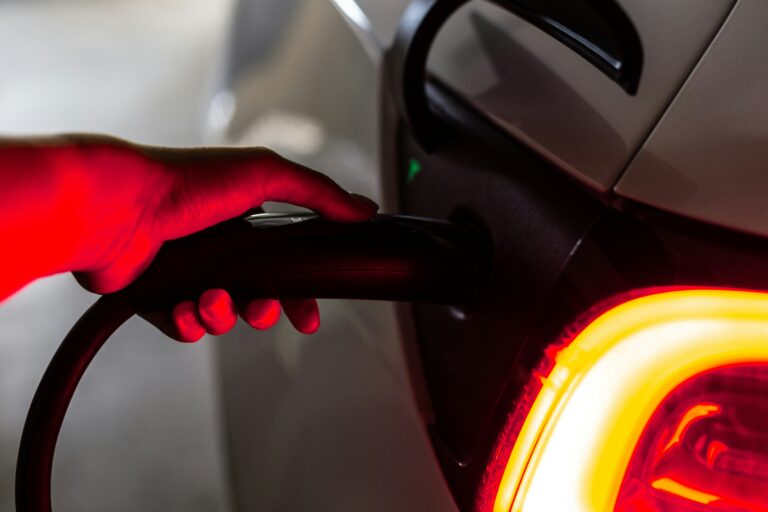As more Australians make the switch to electric vehicles (EVs), novated leasing continues to grow in popularity as a tax-effective way to finance these eco-friendly cars. But with this shift comes an important question: How do you claim EV charging costs under a novated lease?
Here’s what you need to know to stay compliant and make the most of your entitlements.
What is a Novated Lease?
A novated lease is a three-way agreement between you, your employer, and a finance provider that allows you to lease a vehicle using pre-tax income. When you opt for an EV, there are additional savings thanks to fringe benefits tax (FBT) exemptions introduced for eligible electric vehicles.
Are EV Charging Costs Claimable?
Yes — but it depends on the charging method and where the charging occurs.
There are two main categories:
If you charge your EV at home, claiming expenses can be more complex because electricity is typically bundled with your household usage. The ATO allows for two approaches:
To use either method effectively, you’ll need:
Public charging costs are more straightforward to claim:

What Can Be Salary Packaged?
Under a novated lease, eligible EV charging expenses may be included as part of your running costs, similar to fuel for petrol vehicles. These include:
✅ Public EV charging
✅ Smart home charger installation (potentially depreciable)
✅ Charging cable replacement
❌ Home electricity costs without substantiation
Your leasing provider can assist in categorising these correctly.
Record-Keeping is Key
The ATO is increasingly scrutinising EV-related claims, so documentation is essential. Keep:
Maximise Your Tax Efficiency
To optimise your novated lease:
Final Thoughts
EV charging claims via a novated lease may seem like uncharted territory, but with the right strategy, you can minimise your tax and make the most of your green investment. As EV adoption accelerates, expect more guidance and streamlined systems — but for now, the “nitty gritty” is in the detail.
Whether you’re looking to maximise tax savings, simplify your car expenses, or switch to an EV, Prosperity Smart Drive can help you find the right novated lease solution.